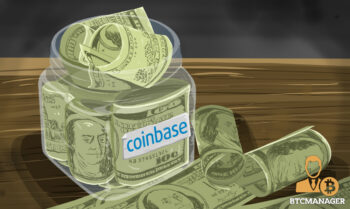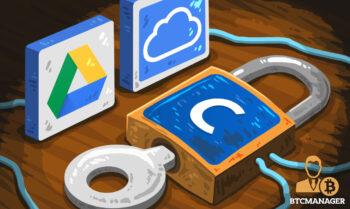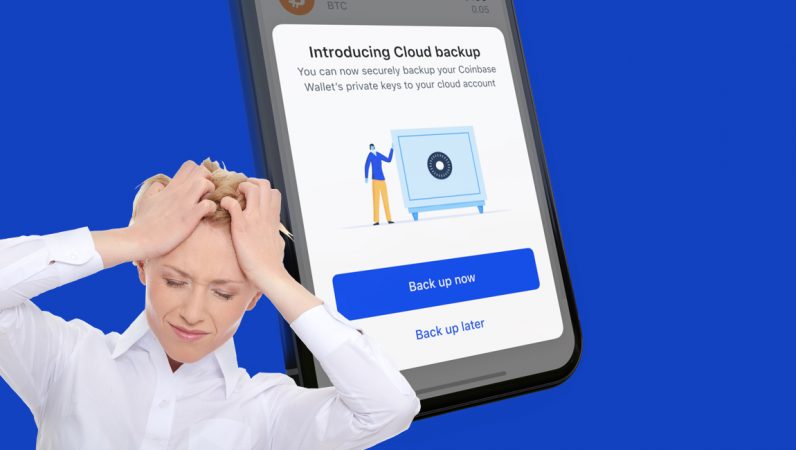2019-4-13 17:30 |
Sam McIngvale, Head of Product for Coinbase Custody, explained how the staking service on Coinbase works, in an interview with Laura Shin for Unchained Podcast. He spoke on the topic and clarified that cold storage solution refers to storing cryptos offline, while staking refers to actively participating in the network.
McIngvale stated that on Coinbase Custody, the process of interacting with a Proof-of-Stake network was made as simple as depositing and withdrawing any other crypto asset. He further stated that when a Coinbase Custody customer deposits Tezos, the platform simultaneously delegates those coins into a cold storage address, to a baker Coinbase runs. He went on to state,
“Now, your point about how do you actively participate, there’s bonds [security deposit] for these networks. The way we’re are getting around that is Coinbase custody is actually purchasing the bond on behalf of our clients.”
This was followed by the executive stating that in reality, Coinbase Custody was the one that was putting its funds “at risk,” as the exchange was storing its funds in cold storage, instead of customers’ funds. He added that the customers’ Tezos were never at “any more risk,” than when participating in the network through Delegated Proof-of-Stake, which is equivalent to storing their Bitcoin and Ethereum in cold storage elsewhere.
Further, McIngvale stated that Coinbase was not only storing customers funds in cold storage wallets, but was also the validator the customers were delegating to. He said,
[…] Coinbase custody, in this case, is running the baker that is actually actively participating in the blockchain. So, baking blocks and endorsing other blocks and our coins funds in our cold storage are delegated to our baker.”
This enables Coinbase Custody to control a “couple of things,” he said. The platform can then control the bond for the baker, and a lot of infrastructure around it, making it highly secure and highly available, McIngvale added.
“[…] We can also control the payouts from it. So, as we earn baking rewards or staking rewards in future chains, we can just hit those out directly to our clients on chain. By this way, we get to own all of the infrastructure and sort of control everything there.”
The post Coinbase Custody is putting its funds, and not the customers’ funds ‘at risk,’ says Head of Product appeared first on AMBCrypto.
origin »World Trade Funds (XWT) на Currencies.ru
|
|




















